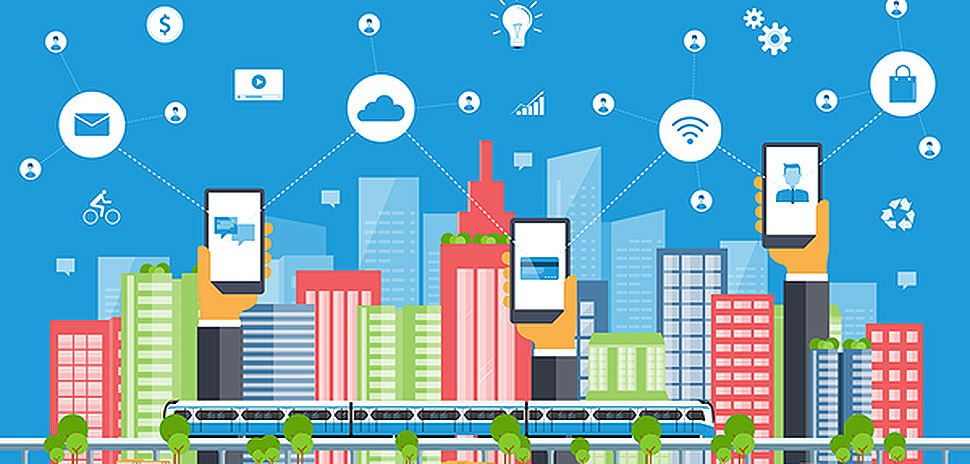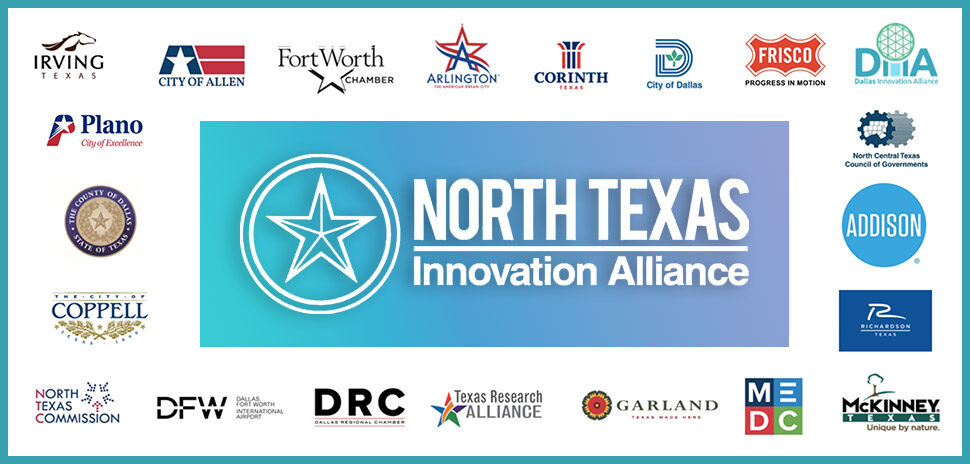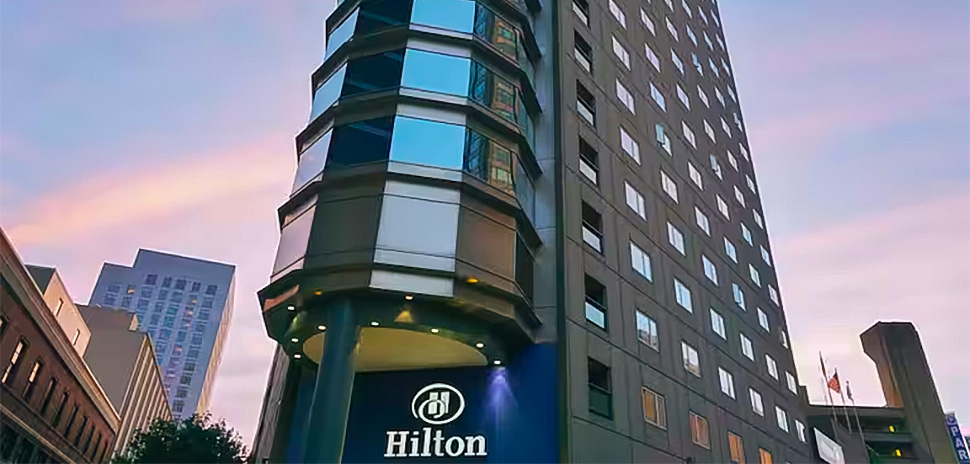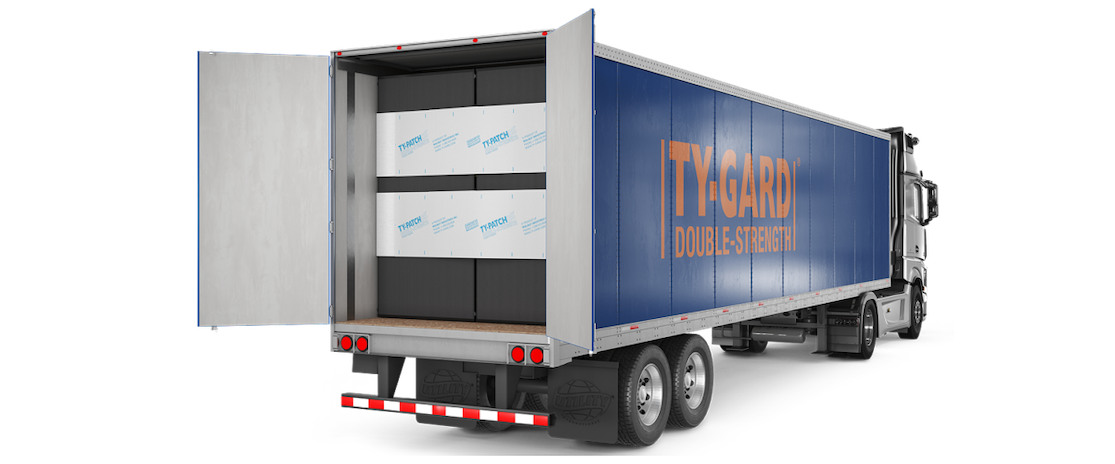Editor’s note: This is the first in a series exploring the work underway in the Dallas region to weave Smart City technologies into our daily lives.
Phil Connors: Do you ever have déjà vu, Mrs. Lancaster?
Mrs. Lancaster: I don’t think so, but I could check with the kitchen.
In the film Groundhog Day, Bill Murray’s character, Phil, stumbles into the same dumb, sloshy pothole, and relives the same, miserable day in Punxsutawney, Pennsylvania, for an eon. Eventually, he avoids the slop, gets the girl, and leaves the rodent and Mrs. Lancaster in his rearview mirror forever.
Millions of North Texans (and others) are reliving dumb days kind of like that (wasting cash on heating or cooling their empty homes, getting blind-sided by texting drivers, paying to fluoridate thousands of gallons of city water that’s spewing into some crevice, etc.).
As sure as karma is the mortal enemy of egocentric weathermen, dumb things — traffic jams, wasted water, lost car keys — will one day be in our collective rearview mirror.
This is the story of how one day, we will step over that Punxsutawney pothole, and wake up in a Smart City.
DATA GEEKS AT MAIN STREET
Sounds almost too good to be true: living in a place where people will no longer be subject to things happening to them. But it’s already happening here — in Dallas — literally in our front yards.
As sure as karma is the mortal enemy of egocentric weathermen, dumb things — traffic jams, wasted water, lost car keys — will one day be in our collective rearview mirror.
Rather than tolerating burglaries or thieves stealing packages left at their front doors, neighbors — maybe even you — now monitor homes with smart doorbells, which act as motion-activated security cams.
Rather than wasting money on cooling or heating their homes when they’re not home, people have smart thermostats such as the Nest, which learn what temperatures people prefer at certain times and days.
Rather than allowing customers to circle their parking garages like vultures, the folks at NorthPark Center and Dallas Fort Worth International Airport have installed sensor-activated lights that tell drivers where open parking spots are located.
Many of these wiz-bang features — gunshot and pothole detection — are the fruits of data collected from sensors, from gadgets, and from the people who love them.Rather than answering 911 calls of shots fired in Brooklyn and trusting their luck or ballpark guesses, the New York Police Department installed microphones across the borough that pick up sounds that could be gunshots, and use the data to triangulate their origin.
Technology is also a voracious consumer of data, which is proliferating at an astronomical rate thanks to the smartphones/Fitbits constantly at our sides, the vehicles we drive, and the information-sucking gadgets around us we might not even know about.
DIFFERENT PLACES, DIFFERENT PRIORITIES
The technology a Smart City focuses on says a lot about it.
In India, scientists are developing sensors, video cameras, and software to predict flash floods before they can ruin millions of lives. Traffic-centric places such as Dallas, Houston, and Atlanta are incorporating sensors and computers into traffic control systems, to monitor and improve traffic flow.
In Sao Paulo, Brazil, municipal government leaders knew of farmers’ desire to sell their produce to city residents (who number about 20 million) and to restaurants. So, city leaders proposed an online marketplace that would connect sellers with buyers. The city is now working with a $5 million grant from the Bloomberg Philanthropies Mayors Challenge to implement that idea.
The technology a Smart City focuses on says a lot about it.
The residents of Yokohama, Japan, were struggling with air pollution in 2010 when government leaders teamed up with Toyota, Toshiba, and other interests to reduce CO2 emissions by using a computer system that learns energy consumption habits at each household on the grid, and adjusts accordingly. They also introduced large solar generators at more than 200 locations across the city, and deployed thousands of electric cars on city streets. The program expanded beyond its pilot area, and energy consumption has dropped.
In Santander, Spain, the European Union installed thousands of sensors to measure everything from garbage levels in public trashcans to controlling the intensity of street lighting, based on the presence of people. As a result, both energy and garbage pickup costs have dropped by at least 20 percent.
CROWDSOURCING HIGHWAY SAFETY
In the stretch of Interstate 70 between Golden and Vale, the Colorado Department of Transportation is launching a pilot program, in which the state is installing tiny sensors into guardrails, mile markers, and traffic signs that will track data from smartphone apps voluntarily downloaded by Colorado drivers interested in taking part in the experiment.
“We thought, let’s not just tackle any road,” CDOT spokesperson Amy Ford told Colorado Public Radio. “Let’s tackle one of the most challenging corridors in the entire country — I-70. Between the congestion. Between the extreme weather. Between the amount of people who drive on that corridor everyday, and especially during peak hours like ski time.”
The pilot program will enable smartphones to “talk” to each other, Ford said, allowing drivers to share their vehicle locations, road hazard information, etc., as well as transmitting highway data to the state highway department.
Ford said the cost of implementing the smart program will be about $10 to $15 million. When completely put into action, it is expected to reduce traffic accidents by 80 percent. Compared to the $4 billion cost of adding a lane on I-70, she added, the cost is minimal, especially since the state can’t afford the higher price tag.
‘SMART’ ECONOMICS 101
Worldwide, more people are living in cities than ever before.
As metropolitan areas expand in population and struggle to maintain services, they’re looking for ways to improve efficiencies in how they operate, to handle the influx of people.
Service providers are stretching their budgets by installing wireless power and water meters, synchronizing stop lights with computers, and analyzing data in real time to direct manpower to where it’s most needed (like where gunshots are suspected). Rather than paying road crews to find leaky water mains, cities are installing sensors that can do the job instead.
There are so many different applications of Smart City technology, numerous corporations have undertaken the cause and for good reason.
One market research group estimates that the amount spent on developing and integrating Smart tech into things such as HVAC systems, the electric grid, transportation systems, etc., will more than double between 2015 and 2020, to nearly $758 billion.
With so much potential upside, one might wonder why we’re not all sensored up, living Smart City-style right at this moment.
The aforementioned expense has impeded more than a few projects, according to Jori Mendel who manages strategic alliances for AT&T’s Smart Cities organization. During a recent Smart Cities event in Dallas, she identified the challenge of connecting funds with implementers among the top difficulties for establishing a Smart City.
And of course, there’s the question of who ultimately owns the data used in smart city applications. That falls under the auspices of how complicated it can be to thread the public-private needle, let alone one that might involve sensitive data.
FILLING POTHOLES … WITH DATA
In a data-geek inspired, less-romantic ending to “Groundhog Day,” Bill Murray’s character steps into the street to find a pothole, not filled with slosh, but with dry asphalt. The hole was patched because Punxsutawney road crews use crowd-sourced cellphone data to more quickly locate and to repair ruts in streets.
It ruins the joke, but no one wants to be stuck in “Groundhog Day” forever.
READ NEXT
DIA, Envision Charlotte to Collaborate on Smart City Conferences
How Tech’s Allure is Reshaping Historic West End
Q+A: Verizon’s Krista Bourne Talks With Smart City Expert Bob Edwards
The World is Becoming ‘Smarter,’ But How Can Efforts Be Streamlined?
AT&T Partners with Dallas Innovation Alliance
DIA Unveils Vision for Living Lab in West End
Delivering what’s new and next in Dallas-Fort Worth innovation, every day. Get the Dallas Innovates e-newsletter.





































































